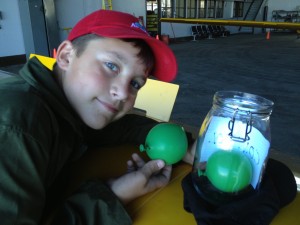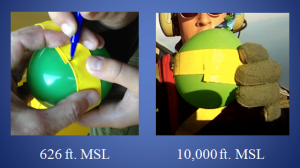So it’s Thanksgiving. What do I do? I get up early and write provocative stuff. Because science reduces the stupid.
This is the fourth in a series of pieces that I’ve cast onto the waters to see what kind of traction they get. None has yet equaled the Blood post (especially if you include the shares that SciBabe got by misappropriating it), but we’ll see how this one goes.







